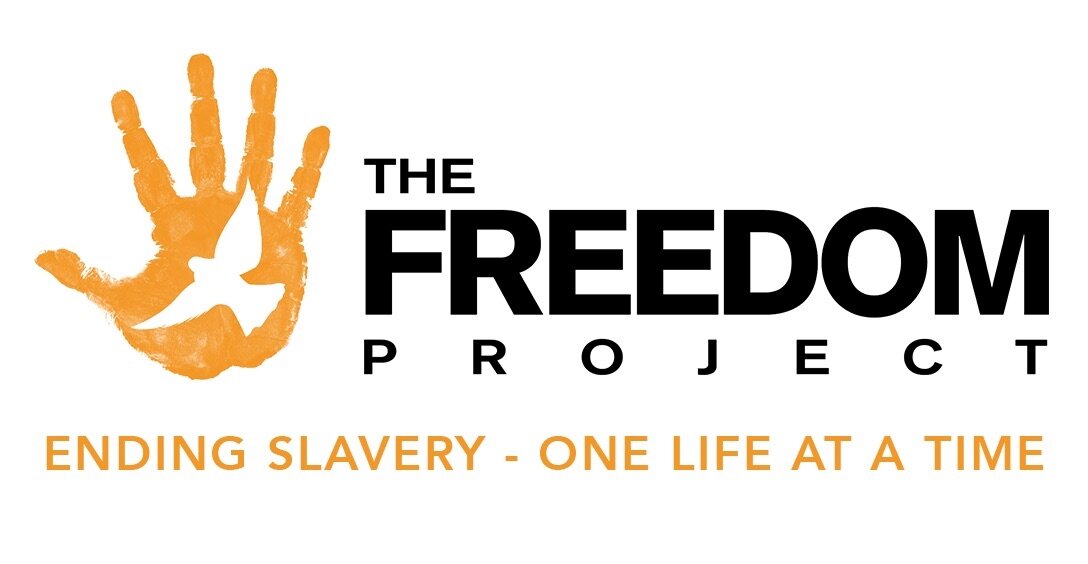Slavery in numbers… but more than statistics!
Martin Luther King’s, ‘I Have a Dream’ speech and the Civil Rights Act in the United States is perhaps known as one of the key milestones in the 20thCentury for creating systemic change, ending exploitation of one kind, and fighting for a more just world. For most of us, the fact that slavery existed at all is preposterous, but we are comforted to learn that there were active groups of people fighting against it – doing away with justifying human rights abuses and instead seeking to bring about justice. However, what many people fail to realise is that slavery is still an ongoing issue today—in 2018. Not just in the United States, but all around the world… In fact, the estimated number of slaves around the world today (over 40 million) far surpasses the number of slaves throughout history, including during the trans-Atlantic slave trade between the 16-18thcenturies (Source: BBC).
Not convinced? That’s where the Global Slavery Index comes in. The recently released report highlights slavery in numbers in different countries and regions around the world. It does comprehensive analysis of the types of slavery and trafficking, the causing factors, company supply chains, trade, consumer contribution and government action.
Take the nation with the sixth largest economy in the world for example—India. This richly diverse nation, inhabited by 1.3 billion people, has an estimated almost 8 million people chained in the shackles of modern slavery. That means about 55 out of 100 people are vulnerable to modern slavery. We work in India seeking to address just a tiny proportion of this number – for example preventing forced labour through our sports and mentoring program for hundreds of young boys, and rescuing several trafficking victims each year.
Unfortunately, India is not a standalone case… the reality only looks bleaker with additional statistics. Modern slavery has also entrenched itself in the Philippines. About 60 out of 100 people are prone to exploitation where 784,000 people are currently trapped out of a population over 100 million.
Similarly, in Myanmar, a nation composed of more than 100 distinct ethnic groups, has 575,000 people living in modern slavery out of its population of 52 million. The ethnic complexities of places like the Philippines and Myanmar means there is constant conflict between rival groups. The communities we work in have long histories of wars and children are vulnerable to becoming soldiers. We work in prevention and rescue of these children – seeking to provide them with education and an appreciation of peace-building and non-violent conflict resolution.
But far from thinking slavery is a distant irrelevant issue to those of us in the land down under, we have recently learnt that there are an estimated 15,000 people living in modern slavery. Primarily, these are victims of forced labour but there are also cases of sexual exploitation and forced marriage, mostly affecting migrants. This is a significant jump from the last estimated number of 4000. However, that number is not the biggest issue. Our imported goods from different parts of the world are also highly likely tainted with slavery. This means our computers and phones, clothing, seafood, rice and cocoa (mostly coming from Asia and Africa) are produced by people that are being exploited. We are excited to see the Australian Government introduce the Modern Slavery Act in 2018 and we believe it will help to transform our complicity in slavery. However, it is also up to individual consumers to make choices that promote justice rather than exploitation. For ideas on how to do this, sign up to our news updates to receive your own ethical living guide!
For an overview of the Global Slavery Index, watch this video: The fight to end modern slavery continues. We can, and must, do more.
What now?
These statistics show us the conspicuous nature of modern slavery – we can no longer pretend that we don’t know about what’s going on around the world. In fact, we find ourselves in the same position as William Wilberforce during the abolition of the slave trade, who famously said:
“You may choose to look the other way but you can never say again that you did not know.”
The traditional and historical form of slavery that we are taught in classrooms may have been eradicated, but we can no longer deny the new, modern form of slavery that has emerged and instituted itself within societies around the world. Modern slavery has taken multiple forms including forced labour, forced marriage, and sexual slavery. 71% of the 40 million victims are women and girls, largely from impoverished backgrounds and exploited for domestic work or prostitution.
These shocking statistics urge us to continue in the fight against modern slavery. The Freedom Project, like many other organisations, are working around the world to address these gross injustices of exploitation. We currently work in some of the world’s darkest places to bring hope and light to vulnerable communities through prevention, rescue and restoration, including India, Philippines and Myanmar.
To support our work and help us end slavery one life at a time, please donate today. For $20 a month, you can change a life by keeping one child in our soccer and mentoring program.
All statistics and images are from the Global Slavery Index (released June 2018).




